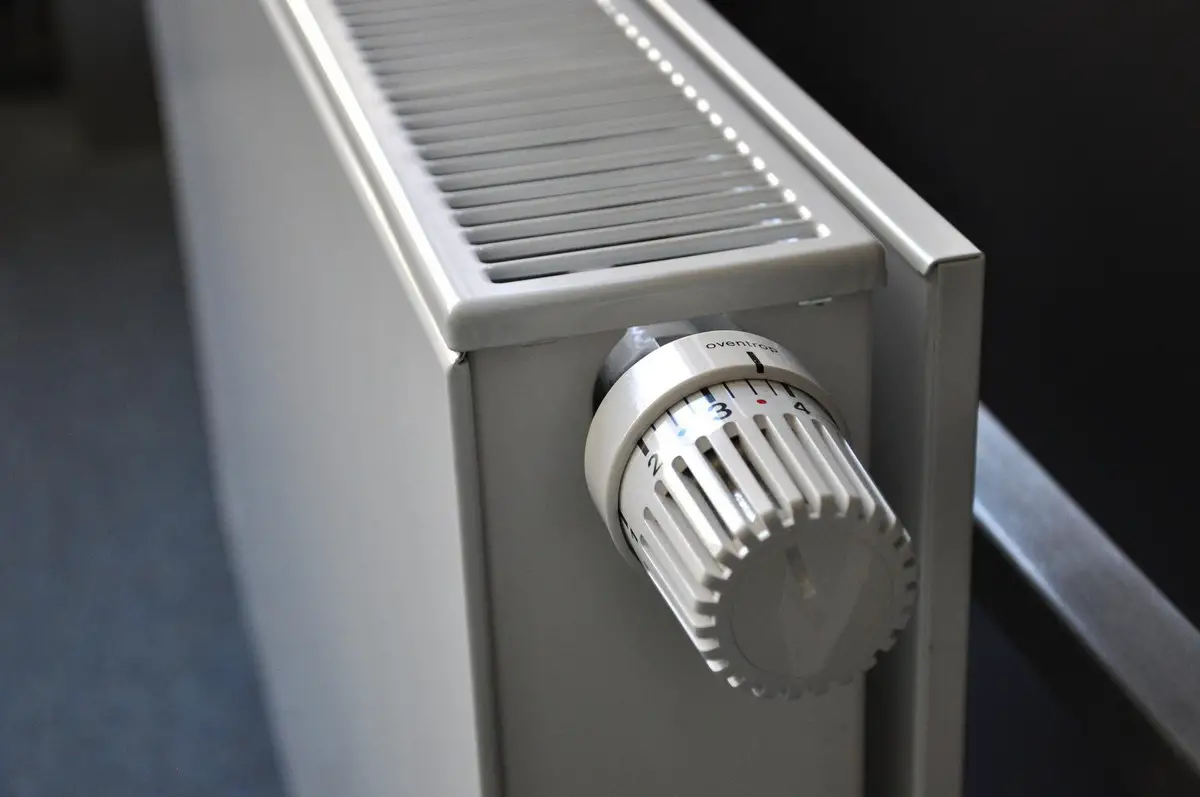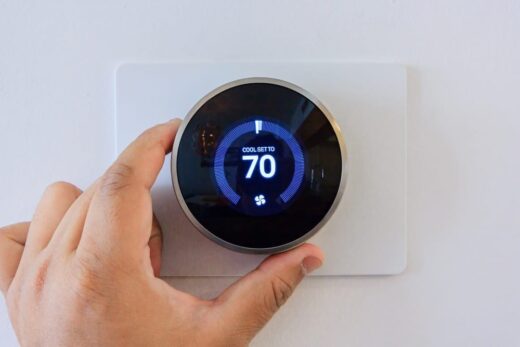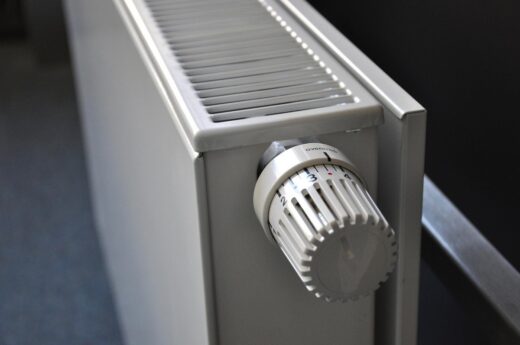Types of thermostats and how they work tips, Home heating costs reduction advice, Warm property guide
Types Of Thermostats And How They Work
17 May 2022
Thermostats can be used to control the temperature of the air, a liquid such as water, or any other process (or temperature controllers). As opposed to thermometers, thermostats are intended to alter the temperature to a predetermined level based on the current value.
How Does A Thermostat Work?
A mechanical thermostat uses a bi-metal coil or strip to break the circuit and halt the flow of electricity to the heating and cooling systems. According to your preference, the metal strip will expand or compress depending on the ambient temperature. Because of its temperature sensitivity, the metal strip has the potential to make or break the circuit.
The movement of a metal strip is not necessary for a digital thermostat since it contains sensors that sense the temperature in its surroundings and adjust its electrical resistance in response to that temperature. The thermostat delivers a signal to the HVAC system to turn off the electricity when a specified resistance level is achieved.
Choose The Right Thermostat
First, determine what kind of heating and cooling system you have in your home before deciding on a smart thermostat. Your system’s compatibility with the available options will be the next step.
After that, you must evaluate the thermostats’ features to your requirements. You should select the one that best meets your requirements.
-
Learning Or Smart Thermostat
It is possible to get the same benefits from a learning or smart thermostat without programming. They become smarter as you use them more, and they construct a plan based on your preferences. When you are not at home, they will switch themselves off, suggest energy-saving options, and send monthly energy reports.
Every smart thermostat comes with a mobile app that you can download and use, no matter where you are. A computer, smartphone, or tablet equipped with a Wi-Fi network can access and control the most smart thermostats. Sensors in a smart thermostat can detect which rooms are cooler or warmer and change the settings to manage the temperatures in those rooms.
-
Remote Energy Management Thermostat
The convenience of regulating the thermostat from wherever you are is the most prevalent reason customers convert to smart and remote-control thermostats. Your heating and cooling system may be programmed and monitored remotely with a remote energy management thermostat.
You may access your thermostat settings through Wi-Fi by connecting the thermostat to your home internet network using a hub. You can change the thermostat while you are not at home; remote control thermostats frequently result in significant energy savings.
-
Programmable Thermostat
A programmable thermostat can help you save money on your heating and cooling bills by automatically changing the temperature setting. There are various models of these thermostats. You can configure different daytime and overnight temperature settings with simpler ones.
On the other hand, the complex thermostats can be set to change the temperature in various ways for different days and times of the week. It’s as easy as telling the thermostat what temperature you want at different times of the day and night and then letting it take care of the rest.
-
Digital Non-Programmable Thermostat
The most basic option is a non-programmable thermostat. Choose a non-programmable model with a digital readout if you want a smart thermostat adjusted manually. Because all adjustments are made manually, non-programmable thermostats are also known as manual thermostats. In addition, some thermostats include LCD screens that are easier to see, making them more appealing to certain homeowners.
-
Mechanical Or Manual Thermostat
A mechanical thermostat can be used to control the temperature manually. This is the ideal solution for you if you regularly stay at home and want a stable temperature.
For most smart thermostats, a constant supply of energy is required, and this comes directly from the transformer in your furnace. Some older houses may not have the C-wire, which links the thermostat to the furnace. Detach your thermostat from the wall and look for the terminal labeled “C” to see whether a wire is connected. If so, you can proceed with the installation of a smart thermostat. If this is the case, you should speak with an electrician about your options.
Which Thermostat Should I Get?
Although a thermostat may be on your purchase list, there are a few things to consider. Make sure that the model you contemplate is compatible with your heating and air conditioning system first.
You can find this information on the manufacturer’s official website. Installing a more sophisticated smart thermostat is best left to a professional, regardless of your electrical prowess.
Comments on this guide to Types of thermostats and how they work article are welcome.
Heating
Heating Posts
How To Fix A Cold Designer Radiator
How to make your home feel cozy
Building Articles
Residential Architecture
Comments / photos for the Types of thermostats and how they work advice page welcome






